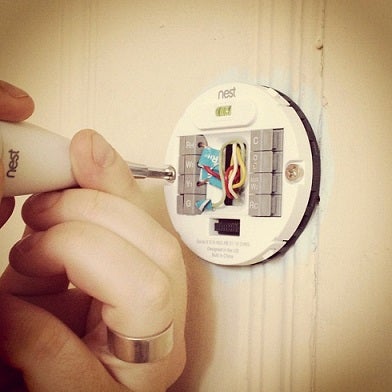New York is re-examining the way energy is regulated, priced, and distributed in the state in order to emerge with a 21st century business model. This change will deliver on a broad range of objectives, including increased customer value and environmental benefits, among others. However, achieving greater system efficiency could lead to the most impactful outcomes for customers, the environment, and society as a whole. Not only does increasing system efficiency have the potential to significantly reduce costs, energy use, and carbon emissions, it also makes the customer an integral part of the solution to meeting our future energy needs.
The challenge
Electric utilities are tasked with meeting consumer demand for electricity at all times and, until now, have done so primarily by installing additional infrastructure on the electric grid whenever needed. While this has resulted in a fairly-reliable way to meet our energy needs, it has and continues to be extremely expensive and inefficient given the evolution in how energy is used today.
This inefficiency exists because, as a society, we use a significantly larger amount of electricity during just a few hours of the year than we do on average. This ‘peak’ use, which generally occurs in the summer months, draws upon most of the power grid’s available resources to meet electricity demand. The costs utilities incur to maintain this extra capacity so they can meet seasonal peak demand is extremely high, often running into the millions of dollars. If you think about it, this means that a huge amount of our power infrastructure exists to meet electricity demand for a brief interval, while going unused the rest of the time. These expensive infrastructure investments also consume a large amount of other limited resources, such as land and water.
The solution: all of us
Rather than continue to build out more infrastructure, system planners can instead focus on reducing the large demand for electricity during the few hours we use the most energy. If this is done systematically as part of the planning process, we can more effectively utilize the existing system, while avoiding more costly infrastructure along the way. Some of these strategies include greater use of customer energy resources like rooftop solar, energy efficiency, and demand response. Demand response allows customers to help the electric system by voluntarily cutting back on electricity when demand is high.[Tweet “Achieving greater utility system efficiency will require making consumers a bigger part of the energy discussion. http://ow.ly/BMHNq “]
Achieving greater system efficiency is going to require making consumers a bigger part of the energy discussion. Electricity customers need to be aware that it isn’t just how much electricity they consume, but when that matters most. In order to do this, customers must be equipped with the right tools to better manage their consumption and make smarter energy choices. One such tool is the Nest Labs learning thermostat, which allows customers to control their energy use remotely and provides an accessible way to participate in demand response programs.
Utilities, too, should do their part by offering financial incentives that compensate customers for conserving energy during certain hours, such as time-of-use pricing. Utilities may also invest in effective conservation strategies, such as voltage optimization. By making certain investments and operational changes in the electric system, voltage optimization makes it possible for customers to consume less energy without having to change their behavior.
Armed with the right tools, we may find that it is entirely within our collective power to flatten the electricity spike that occurs a few hours every year and, as a result, accelerate the transition to a clean energy future.
Last month, EDF filed comments (Track 1 and Track 2) in New York State’s historic ‘Reforming the Energy Vision’ (REV) proceeding to re-evaluate the longstanding utility business model in light of a rapidly changing energy sector. We recommend: 1) transitioning from traditional rate of return regulation to performance-based regulation; 2) fully valuing all costs and benefits associated with distributed energy resources; 3) removing barriers to non-utility entities participating in energy service markets; and 4) requiring the utility to optimize the load it serves. This blog post concludes our series on each of these recommendations but we will continue to publish blog posts relating to utility business model reform.










